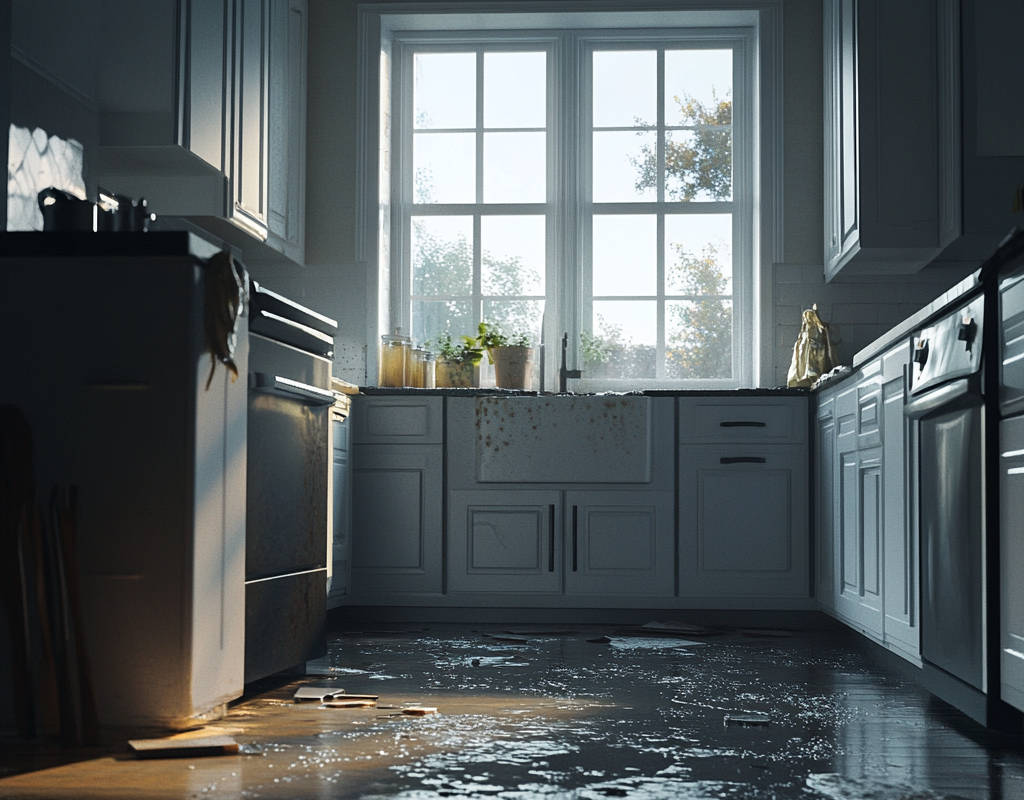After a storm, most homeowners focus on repairing visible damage like broken windows, roof leaks, or water-soaked carpets. But what about the damage you can’t see? Mold often hides in unseen places, thriving in moist, dark environments, and can quickly become a serious health hazard. A professional mold inspection can uncover these hidden threats before they lead to costly repairs or health issues.
The Importance of Mold Inspections
After a storm, mold growth can start within 24-48 hours, and once established, it can spread quickly. A professional mold inspection uses specialized tools like moisture meters and infrared cameras to detect mold in hidden areas. Early detection saves time, money, and prevents potential health problems like allergies, asthma, or other respiratory issues.
Benefits of a Mold Inspection:
- Peace of Mind: Know your home is mold-free.
- Health Protection: Reduce exposure to harmful mold spores.
- Cost Savings: Address mold before it causes extensive structural damage.
10 Hidden Places Mold Commonly Is Found After a Storm:
1. Behind Drywall
When stormwater seeps into walls, it can stay trapped, creating a perfect breeding ground for mold. Drywall absorbs water like a sponge, and the mold behind it can go unnoticed for weeks or months.
2. Under Flooring
Water can infiltrate beneath tiles, hardwood, or laminate flooring, leading to mold growth on the subfloor. Even a small amount of trapped moisture can result in significant problems over time.
3. Inside HVAC Systems
Ductwork, vents, and air conditioning units are prime spots for mold to grow, especially after exposure to stormwater or high humidity levels. Mold in HVAC systems can spread spores throughout your home, affecting indoor air quality.
4. In Insulation
Wet insulation doesn’t dry out easily and is often hidden behind walls or in attics. Mold can thrive in these damp, enclosed spaces, causing unseen damage and health risks.
5. Around Windows and Doors
Stormwater can seep into window and door frames, especially if the seals are old or damaged. The resulting moisture buildup creates a perfect environment for mold to grow.
6. Inside Cabinets and Closets
Dark, enclosed spaces like kitchen cabinets, bathroom vanities, or closets can trap moisture after a storm, leading to unnoticed mold growth.
7. In Attics and Crawl Spaces
Attics and crawl spaces are often overlooked during post-storm inspections. Leaks from damaged roofs or flooding can create damp conditions where mold thrives.
8. Behind Appliances
Areas behind refrigerators, dishwashers, washing machines, or water heaters are often damp after a storm. These spots are hard to check, making them prime hiding places for mold.
9. On Furniture and Upholstery
Furniture, especially those with fabric or wood components, can absorb moisture and become a breeding ground for mold. The problem often hides beneath cushions or in cracks and crevices.
10. In Plumbing Areas
Spaces around pipes, especially under sinks or behind walls, are vulnerable to leaks or condensation after a storm, making them hotspots for mold growth.
Restore Your Home, Restore Your Peace
At All About Restoration, we specialize in detecting and addressing hidden mold problems after a storm. Our licensed team uses advanced technology to thoroughly inspect your property and ensure your home is safe, clean, and mold-free.
There are things we, as experts, wish every homeowner knew: mold doesn’t just grow in obvious places, and it doesn’t take much moisture for it to spread. Waiting for visible signs often means the problem has already become extensive—and expensive. Regular inspections and swift action after a storm are the best ways to keep your home and family safe.
Don’t wait for visible signs of mold! Schedule your free mold assessment today and let us help you protect your home from hidden dangers.

